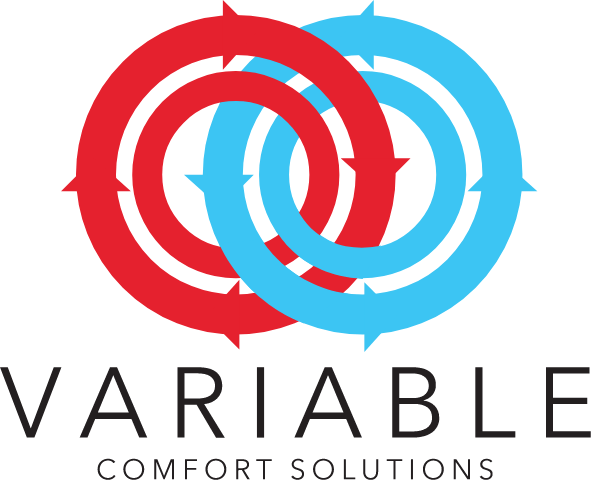By Variable Comfort Solutions
Perhaps your heating system is taking too long to warm your home. Maybe it’s switching on and off too frequently. These are signs that your comfort is being compromised. As a new year’s resolution, then follow the tips below and achieve greater indoor comfort.
1. Schedule Annual Maintenance
It all starts with regular heating tune-ups, which even brand-new units can benefit from. You can leave this step to a professional because much of what composes a tune-up cannot be done alone. An HVAC technician can:
- Calibrate the thermostat
- Replace belts
- Clean the coils
- Lubricate moving parts
A calibrated thermostat will read the temperature correctly and thus heat your home according to your exact setting. A clean system will have fewer obstructions to airflow and run more efficiently as a result. All of this leads to greater comfort and lower bills.
2. Replace Your Air Filter
The U.S. Department of Energy states that filter replacement is the most important of all maintenance tasks. The benefits are similar to those of air duct cleaning: better airflow and lower bills as a result of smoother performance. Fortunately, it’s a DIY project in most cases.
The first thing to know is that there are pleated and non-pleated filters. The latter can capture large particles like dust and lint but must be replaced every 30 days. The former can capture microscopic particles, and they last longer: approximately 90 days.
3. Upgrade Your Central Air System
There are times when a completely new heating system would be better in the long run. For instance, you may have an undersized or oversized unit. The former will run continuously to reach the desired temperature while the latter will short-cycle. In neither case will you maintain indoor comfort without a struggle.
An old unit should be replaced, too, or it won’t meet your comfort needs. Furnaces and heat pumps typically last between 15 and 20 years.
4. Use a Smart Thermostat
The heater doesn’t need to run 24/7 for you to maintain a toasty interior. This is why using a programmable thermostat is so important. With this, you can keep the heater off while you’re sleeping and while you’re away.
Of course, returning to a cold home after a hard day at work isn’t right. With the remote access offered by a smart thermostat, though, you could switch your heater on a half hour or so before getting home via a smartphone app. Many smart thermostats come with the EPA’s ENERGY STAR certification.
5. Seal Around Doors and Windows
You could own the most energy-efficient central air system and still experience a lack of indoor comfort. The reason could be that warm or cool air is escaping through the cracks in your doors, windows, and attic. There’s only one answer to a drafty home, and it’s weatherstripping: that is, sealing the openings. Weatherstripping materials include:
- Reinforced foam
- Vinyl tape
- Metal strips
These have their pros and cons, as shown by the Department of Energy. Open-cell foam tape, for instance, costs less than vinyl or metal but is less efficient in resisting heat. It may work well, though, for low-traffic areas.
6. Upgrade Your Insulation
Old homes may not be properly insulated, so part of your New Year’s resolution should be to call an expert over for an inspection. The attic and wall cavities are where you need insulation the most. The expert may recommend additional layers of insulation or a new type of insulation altogether.
Insulation has a specific R-value: that is, level of resistance to heat flow. The required R-value varies based on location and climate, but the EPA, through its ENERGY STAR program, has good recommendations that you can refer to.
For all of your heating and cooling needs, contact Variable Comfort Solutions at 304-443-9255.

